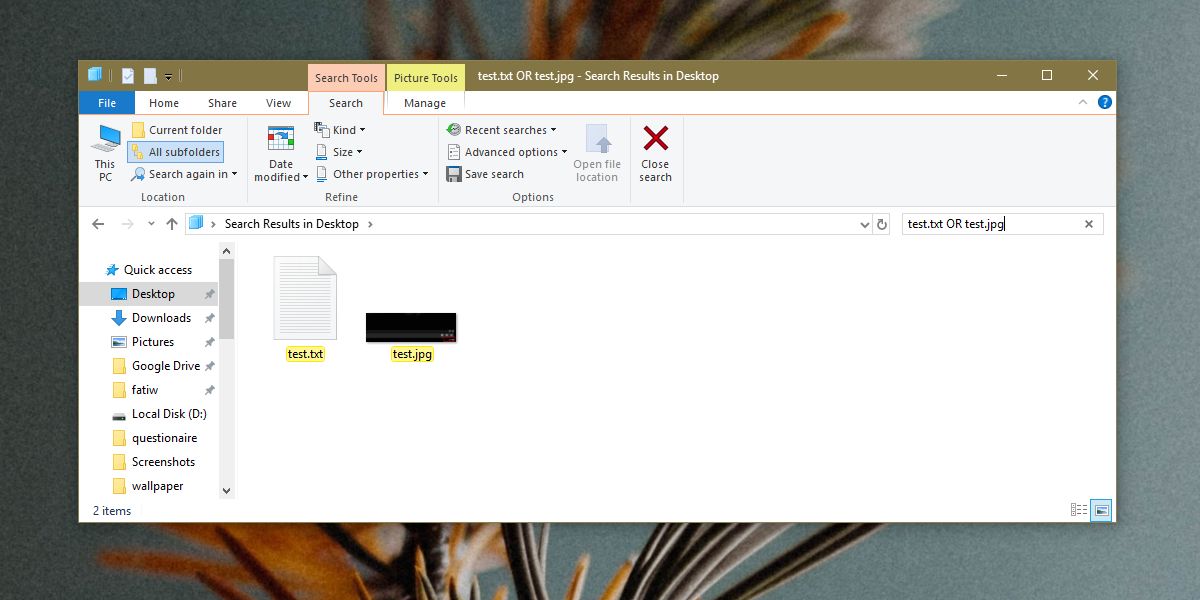

This will work for files in your local, external, or even cloud storage, but not on Google Docs, Sheets, Slides, and other types that were created to operate solely in the cloud. If you’d like to change the default app going forward that should open the file type you’ve selected, you’ll need to click the ‘Change default’ button at the bottom of the dropdown list to select a compatible alternative application. From here, you can select a different app to open the file in. Instead, just hover over the dropdown arrow to the right of the word itself, and click. By clicking it, you will automatically open the file. With that said, let’s take a quick look at how you can change the default application for each specific file type in order to improve your workflow!īy launching the Files app and selecting an item, you may notice that at the top, there is an ‘Open’ button to the left of the sharing icon. Some examples include uncommon audio file extensions, photoshop documents, and more. However, that’s not always the case – especially in situations where you throw new file types at it. When opening these from the Chromebook Files app, the operating system is usually fairly intuitive in its ability to guess which app should handle which file type. With Google advertising Chromebooks to different types of consumers, and especially to creatives using their recent barrage of creativity-focused Perks and marketing materials, I imagine that many of you reading this will have more than just standard images and documents saved to your local or cloud storage.
HOW TO SEARCH FOR SPECIFIC FILE TYPE IN GOOGLE OFFLINE
Not only has it gained the ability to display Linux files for those with Crostini enabled, and received new trash can and camera folders, it’s also become capable of saving files for offline use on an individual basis instead of forcing you to visit Drive on the web first. The Chromebook Files app has become quite powerful and feature-filled over the past few years.


 0 kommentar(er)
0 kommentar(er)
